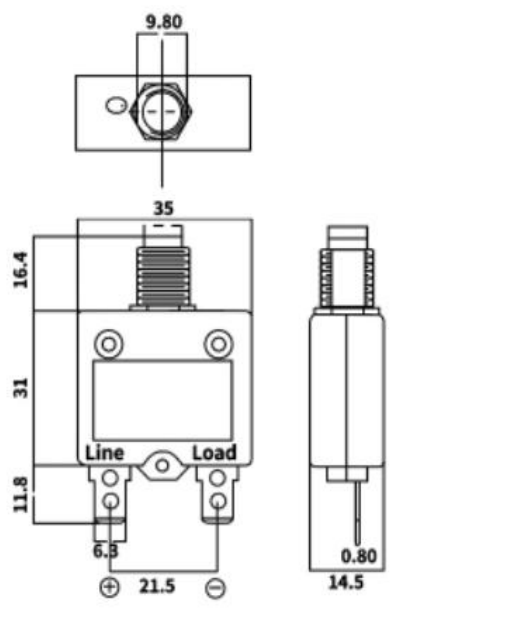Understanding Butyl Sealing Tape A Comprehensive Guide
Butyl sealing tape is an adhesive tape that plays a crucial role in various industries, including construction, automotive, aerospace, and more. This versatile product is primarily made from butyl rubber, known for its excellent adhesion properties, elasticity, and resistance to weathering. In this article, we will explore what butyl sealing tape is, its applications, benefits, and tips for effective usage.
What is Butyl Sealing Tape?
Butyl sealing tape is a self-adhesive tape that provides a robust and flexible seal. It consists of a layer of butyl rubber, which is compounded to enhance its adhesion and waterproofing capabilities. The tape is often backed with a release liner to protect the adhesive side until it’s ready for use. Butyl tape comes in various widths and thicknesses, allowing users to select the most suitable option for their project.
Applications of Butyl Sealing Tape
1. Construction One of the primary applications of butyl sealing tape is in construction. It is used for sealing joints, seams, and gaps in roofs, windows, and doors to prevent water infiltration. The tape’s ability to adhere to different surfaces, including metal, plastic, and wood, makes it ideal for various applications in building construction.
2. Automotive In the automotive industry, butyl sealing tape is used for weatherproofing and soundproofing. It effectively seals door frames, windshields, and body panels, ensuring that vehicles remain insulated against external elements.
3. Aerospace The aerospace industry relies on butyl sealing tape for sealing and bonding applications, as its lightweight nature combined with high-performance sealing properties is essential for maintaining the integrity of aircraft structures.
5. Marine In the marine industry, the tape is used to seal hatches, decks, and windows on boats and ships, providing excellent waterproofing and reducing the risk of leaks.
Benefits of Butyl Sealing Tape
1. Weather Resistance Butyl sealing tape is highly resistant to UV radiation, extreme temperatures, and moisture, making it suitable for both indoor and outdoor applications.
butyl sealing tape

2. Adhesion Its strong adhesive properties ensure a reliable bond to surfaces, minimizing the risk of peeling or delamination over time.
3. Elasticity The flexibility of butyl rubber allows the tape to expand and contract with temperature changes and surface movement, maintaining a tight seal.
4. Noise Dampening In automotive and construction applications, butyl sealing tape can help absorb sound, contributing to a quieter environment.
5. Easy Application The tape is easy to handle and apply, requiring no special tools or equipment. It can be cut to size with scissors for precise applications.
Tips for Effective Usage
- Surface Preparation For optimal adhesion, ensure surfaces are clean, dry, and free from dust, oil, or debris before applying the tape.
- Proper Alignment When applying the tape, take care to align it correctly to avoid any gaps that might lead to leaks.
- Press Firmly After placing the tape, press it firmly to ensure a secure bond. Some users may choose to apply heat to the tape to enhance adhesion further.
- Avoid Overstretching While butyl sealing tape is flexible, avoid overstretching it during application, as this can lead to a compromised seal.
- Storage Store unused rolls in a cool, dry place away from direct sunlight to preserve their adhesive properties.
Conclusion
Butyl sealing tape is an indispensable tool across various industries, providing reliable sealing solutions that enhance durability and performance. Its unique properties make it suitable for a wide range of applications, from construction to automotive to aerospace. By understanding the characteristics and benefits of butyl sealing tape, users can maximize its potential, ensuring efficient sealing and protection in their projects. Whether you're a professional contractor or a DIY enthusiast, incorporating butyl sealing tape into your toolkit can significantly enhance your sealing capabilities.
-
XIANGFAN Rubber Tape-Ultimate Solutions for All Your Insulation NeedsNewsJun.24,2025
-
XIANGFAN Rubber Tape-Protection for Industrial and Residential ApplicationsNewsJun.24,2025
-
XIANGFAN Rubber Tape: Superior Safety and Sealing for Demanding EnvironmentsNewsJun.24,2025
-
XIANGFAN Rubber Tape: Reliable Solutions for Every Electrical ChallengeNewsJun.24,2025
-
XIANGFAN Electrical & Industrial Tape: Powering Reliability Across IndustriesNewsJun.24,2025
-
XIANGFAN Electrical & Industrial Tape: Excellence in Every ApplicationNewsJun.24,2025
